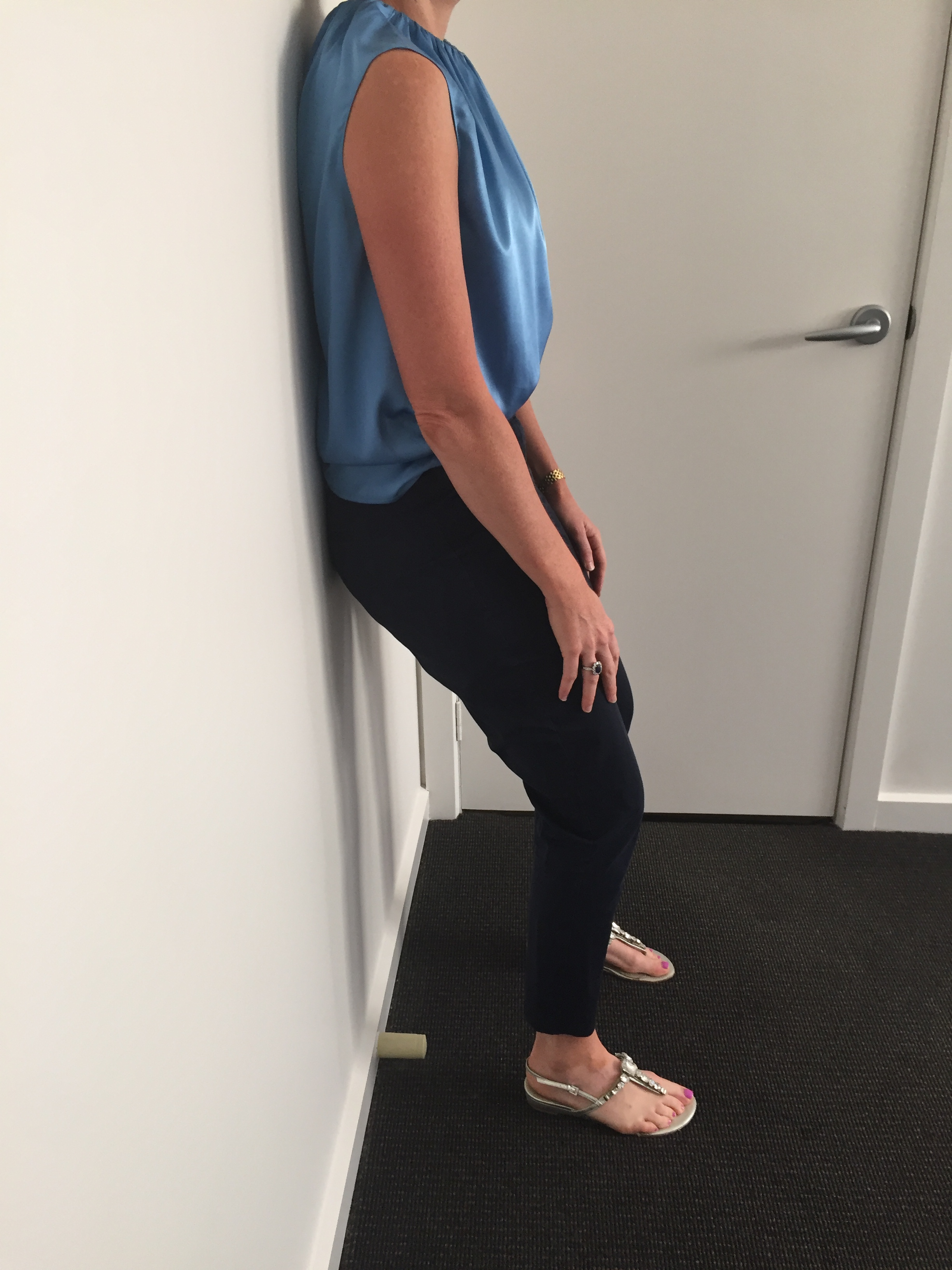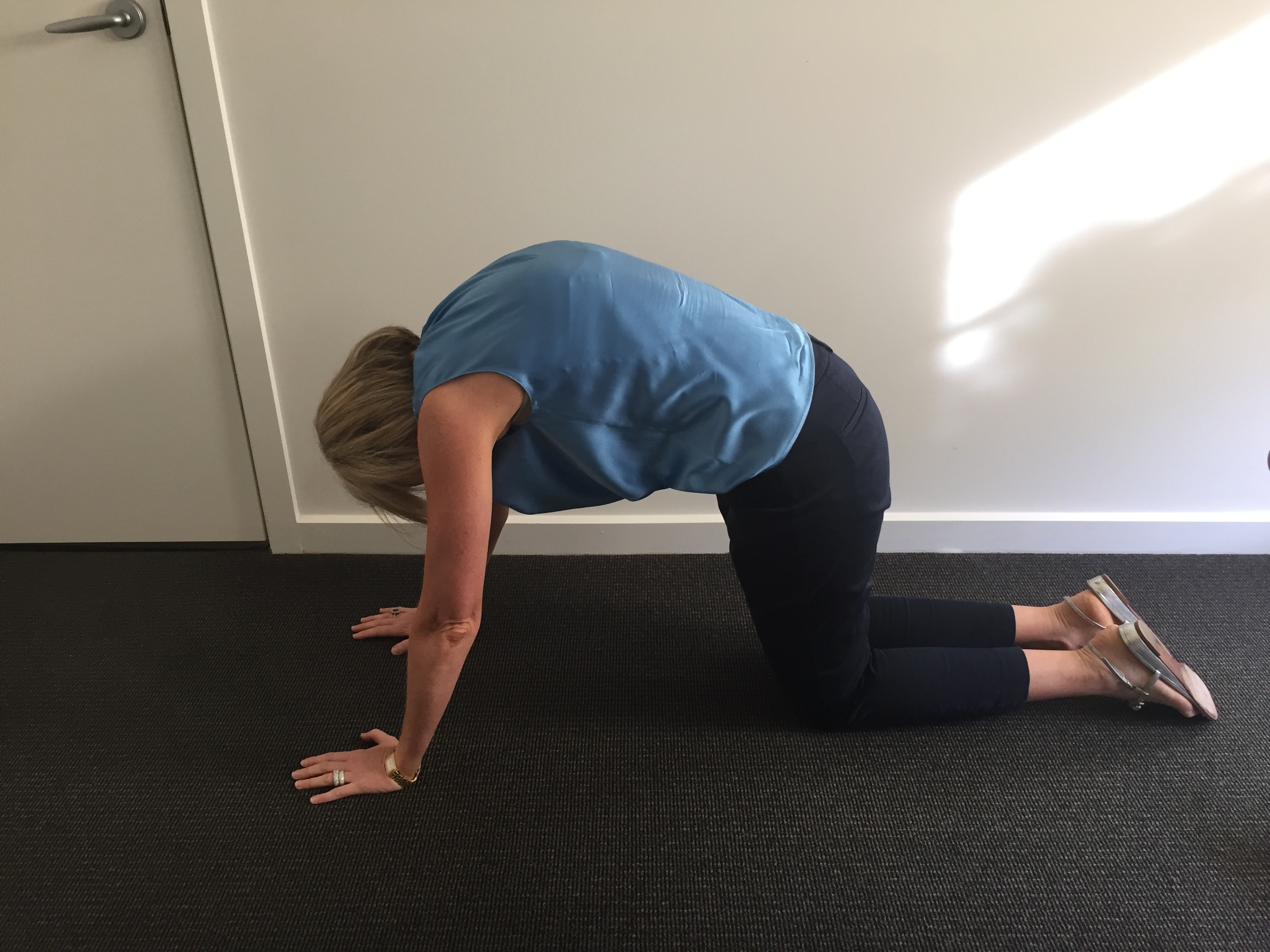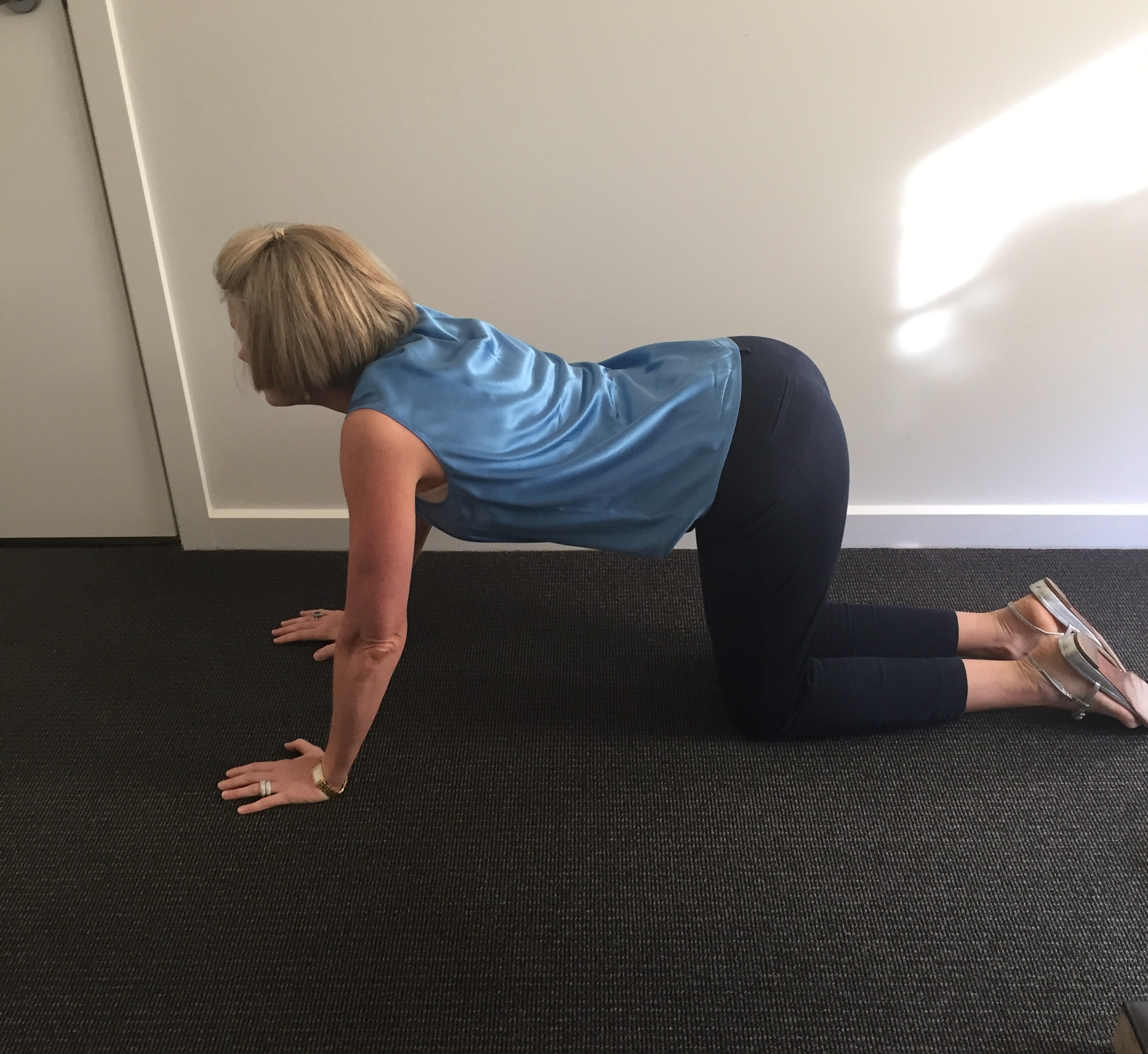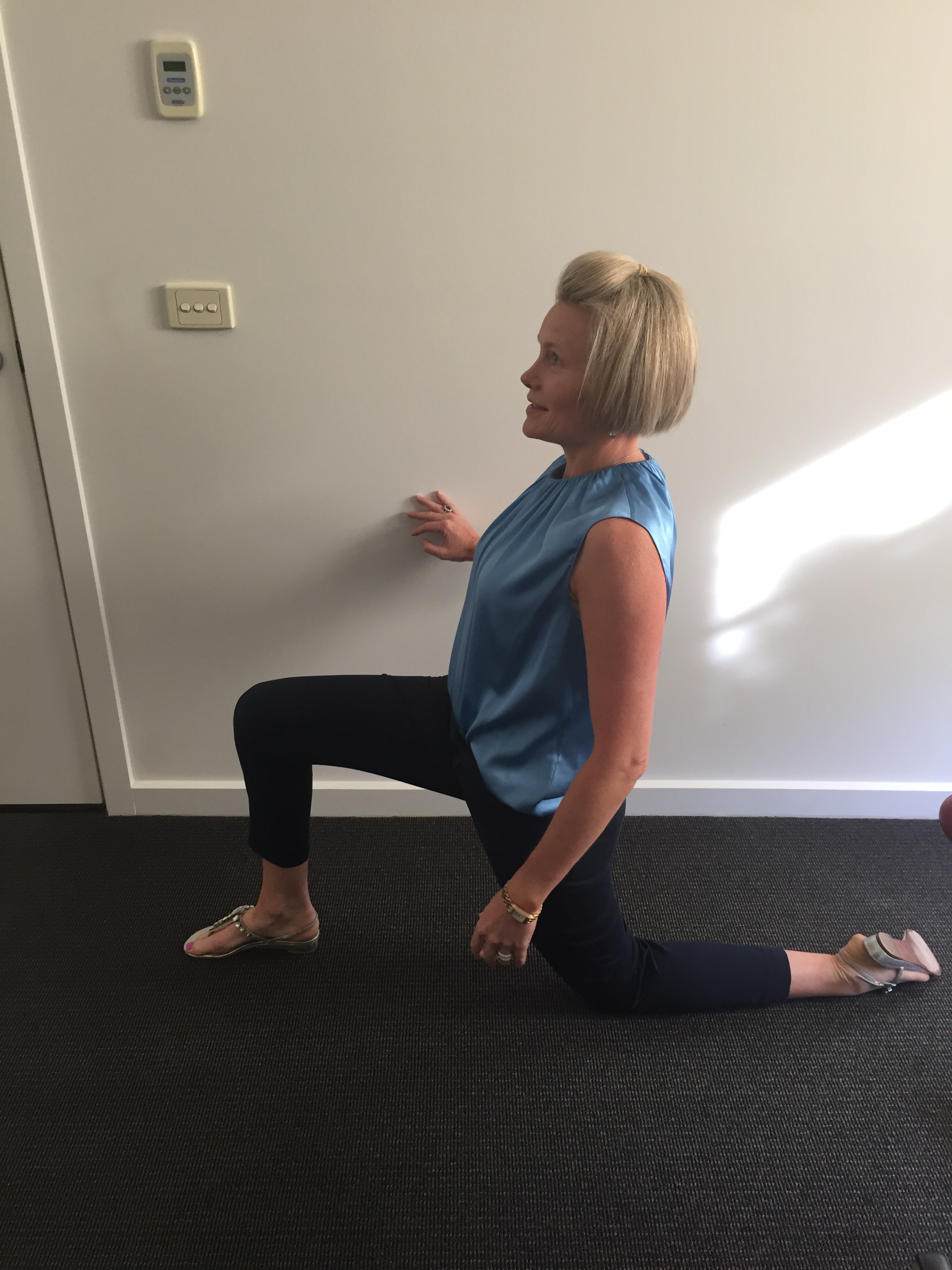Practice Perfect Pregnancy Postures
During pregnancy in addition to the normal stressors of day-to-day life, women have to combat stressors brought about by the gravitational and hormonal changes occurring in their bodies. This can often lead to aches and pains in the lower back and other areas… but it doesn’t have to.
As an expecting mothers’ weight increases, her centre of gravity shifts, creating postural compensations. Often to compensate for their bump in the front, women tend to arch their lower back which increases the curve in their lower spine. This increased load can also create other compensation patterns such as a forward head carriage and hunching of the shoulders, as a result of being drawn forward.
In addition, the release of hormones such as relaxin in the later stages of pregnancy to create ligament laxity necessary for the birth process can also create instability in joints, including the spine and pelvis.
Here are 3 easy postural positions/exercises that all pregnant women should be practicing to prevent low back pain:
- Wall Sit
- Stand with your back up against a wall.
- Keeping your lower back against the wall, slowly walk your feet a step or two away from the wall, keeping your toes pointing straight ahead and your feet shoulder width apart, and your knees will be slightly bent. You do not have to go down the wall too far, as the further down you go the more you are working your thighs and not the lower back.
- Flatten the small of your back in towards the wall, like a pelvic tilt. You should not be able to fit anything in between your back and the wall when you are doing this properly. Keep your upper body upright and relaxed. Your head and shoulders will not be flush against the wall though.
- Maintain this position for 30 seconds and then come up to standing and then repeat 3 times. Ideally it is best to do 3 of these sets throughout the day.
Not only is the exercise great for expecting Mum’s it is also great for their bubs too. The spine is the heaviest part of an unborn child, this means that women can encourage an optimal foetal position for their baby by maintaining optimal pelvic alignment and mobility as this can have a direct effect on the uterus.
- Cat Crawl
- Start on all fours with your hands shoulder width apart and your knees directly beneath your hips.
- Allow your spine to assume a natural and neutral position
- Inhale: drop your belly towards the ground, so that your back arches. Keep your shoulders pulled back as your look upwards. Hold for 10 seconds
- Exhale: pull your belly button towards your spine, tilt your pelvis forward (tuck your tail bone under) and look towards your belly. Hold for 10 seconds.
- Inhale: return to your neutral spine position before arching your spine further.
- Repeat 10 times
This is a great exercise to improve the flexibility throughout your whole spine, especially your sacrum (tailbone) which is so important for achieving a natural birth. Also, this exercise can assist in increasing circulation of your spinal fluid to keep the spine lubricated.
This posture also encourages bubs into a great position for birth. Here’s why; the head will tend to rotate towards the area of the pelvis with the largest amount of space; in a forward posture the anterior pelvis is wider, therefore supporting an optimal foetal position.
- Psoas (Hip Flexor) Stretch
- Start kneeling on one knee and step the other foot forward so as your knee and hip are at a 90-degree angle.
- Keeping your body upright and straight, lean forward putting weight into your front leg until you feel a stretch. You should feel a stretch down the front of the thigh and front of your hip. Hold onto a chair or wall for balance if needed.
- Hold for 30 seconds
- Repeat on the other side
- Repeat 3 times each side
Through pregnancy the pelvis has a tendency to tilt forwards creating flexion at the hip. As the abdominal muscles stretch to accommodate the weight of a growing baby, the psoas muscle compensates by shortening and tightening. This can create compression of the vertebrae in the lower spine and sacroiliac joints as well as generalised hip discomfort and a variety of other conditions. This is why stretching the psoas muscle during pregnancy is so important and can result in relief for a variety of different conditions.
If you have any questions regarding perfect postures and exercises for pregnancy our team at Global Chiropractic would love to assist you.
Our Chiropractors care for families from conception, pregnancy and birth to infant and childhood health. We are passionate about giving children the best possible start in life as well as empowering and inspiring adults to maximise their own health and wellbeing.
Dr. Deanne Esposito (Chiropractor)
Global Chiropractic




